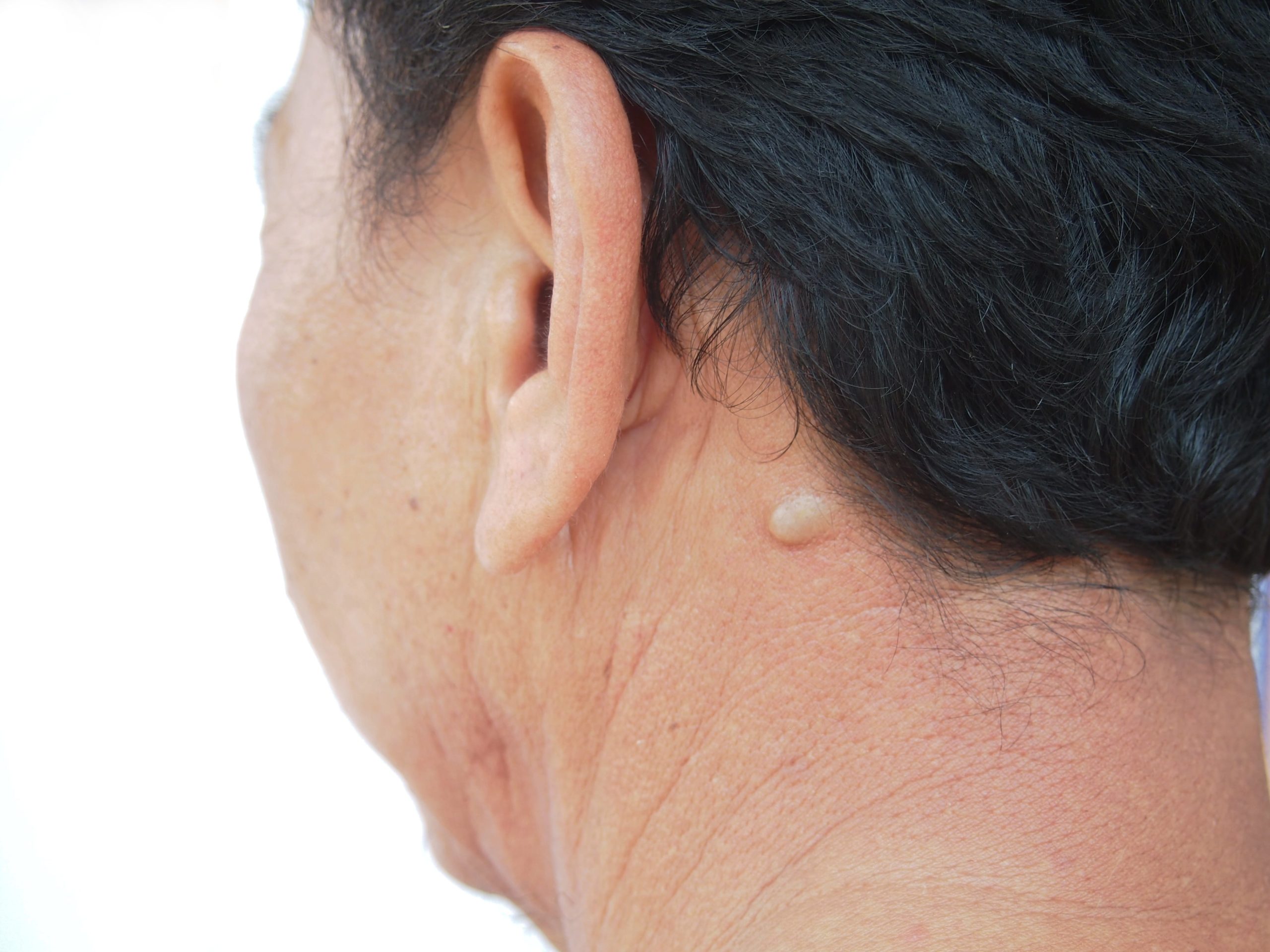

A cyst is a sac-like pocket or cavity that contains fluid, air or any other substance making it feel like a hard lump. It can form inside your body and or on your skin surface with abnormal cells that form around the outer layer of this sac. There are different types of cysts, and most of them are benign and non-cancerous.
Certain cysts may require medical attention due to the discomfort caused by them. This depends on the following factors:
On the other hand, an abscess is a pus-filled pocket, usually caused by a bacterial infection that collects in tissues, organs, or spaces inside the body. It can develop anywhere in your body, both under your skin or inside the body. The pus is caused by the white blood cells released by your immune system to fight the infection. An abscess is often is painful. A small abscess may also be called a boil or a furuncle and usually appears within or below the skin’s surface.
A few common types of cysts include:
Apart from these, ovarian cyst, breast cyst, pilar cyst, mucous cyst, branchial cleft cyst, and perineural cyst are also different types of cysts.
Here is how you can differentiate between a cyst and an abscess:
Most cysts cannot be prevented except for a few. For ovarian cysts, hormonal contraceptives may be used to prevent the formation of new cysts. Pilonidal cysts can be avoided by keeping the skin clean and dry.
You can prevent abscess by following these steps:
The treatment of a cyst or an abscess depends on its location. Most cysts do not require any treatment unless it is causing any pain or discomfort or if it has become infected. Abscesses require treatment to reduce pain and discomfort and to avoid the spread of the infection to other parts of the body.
Cysts and abscesses that are present in the internal organs are usually not felt or seen. In order to identify them, imaging techniques such as X-ray, CT scan and MRI are used. In addition, blood tests may also help in identifying infections.
Large cysts may require surgical removal. The cysts may sometimes be drained or aspirated by inserting a needle or a catheter into the cavity. If the cyst is not accessible, then radiologic imaging is used to guide the needle or catheter insertion. The removed liquid may be examined to determine whether there were cancerous cells present or not. If the cyst is cancerous, it may be surgically removed.
Abscesses are usually opened and drained. The procedure involves numbing the area around the abscess using local anaesthesia. The area is covered with an antiseptic solution and sterile towels. The abscess is then opened, and the pus is drained out along with any debris. It might be kept open for over a day with a packing inserted into the cavity for complete drainage of the infection. The packing is then covered with a bandage, and the patient will be advised on home care and sometimes oral medication for faster healing.
At Apollo, we believe that easily accessible, reliable health information can make managing health conditions an empowering experience. Apollo Hospitals Online Health Library team consists of medical experts who create curated peer-reviewed medical content that is regularly updated and is easy-to-understand.
